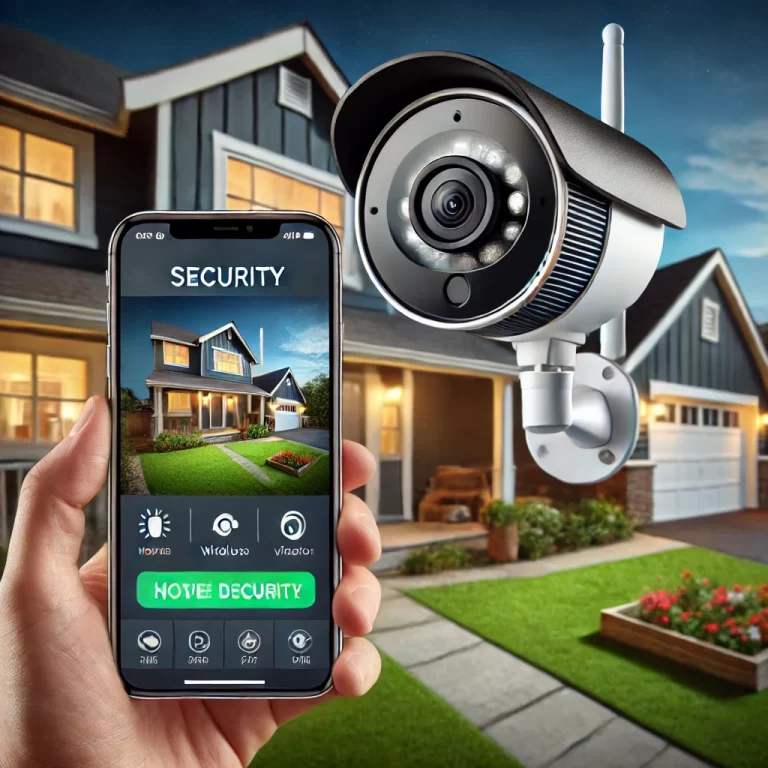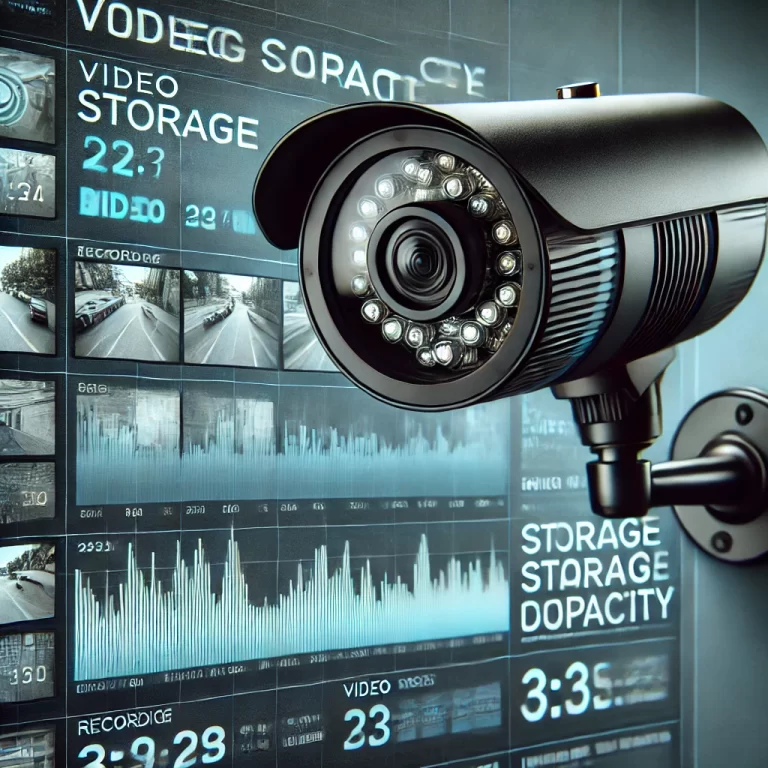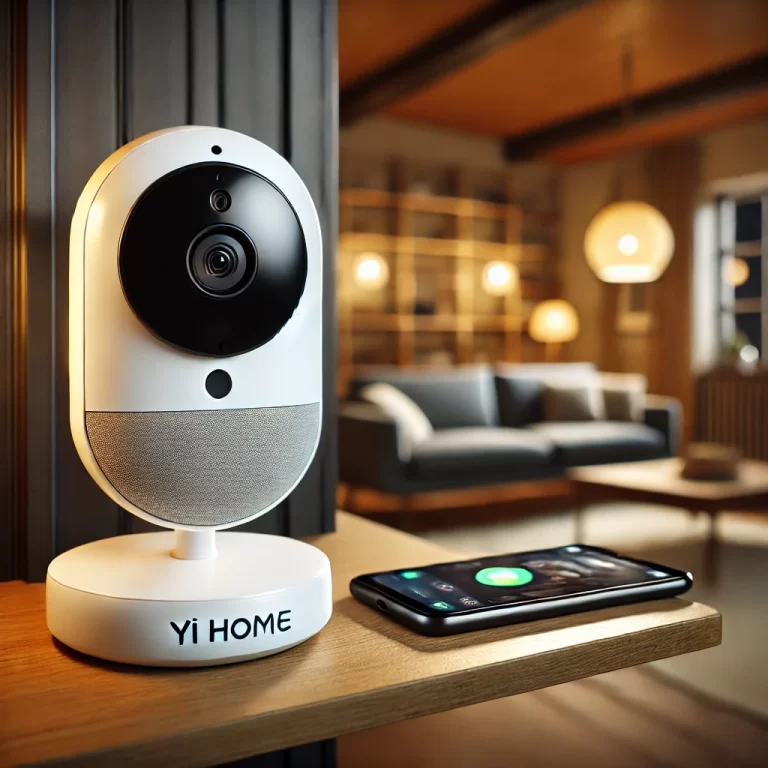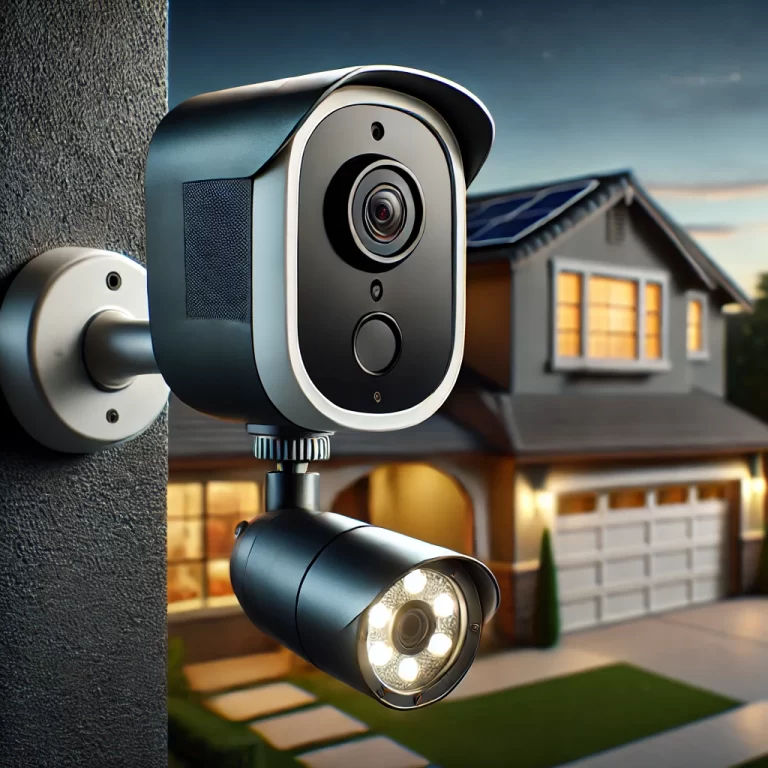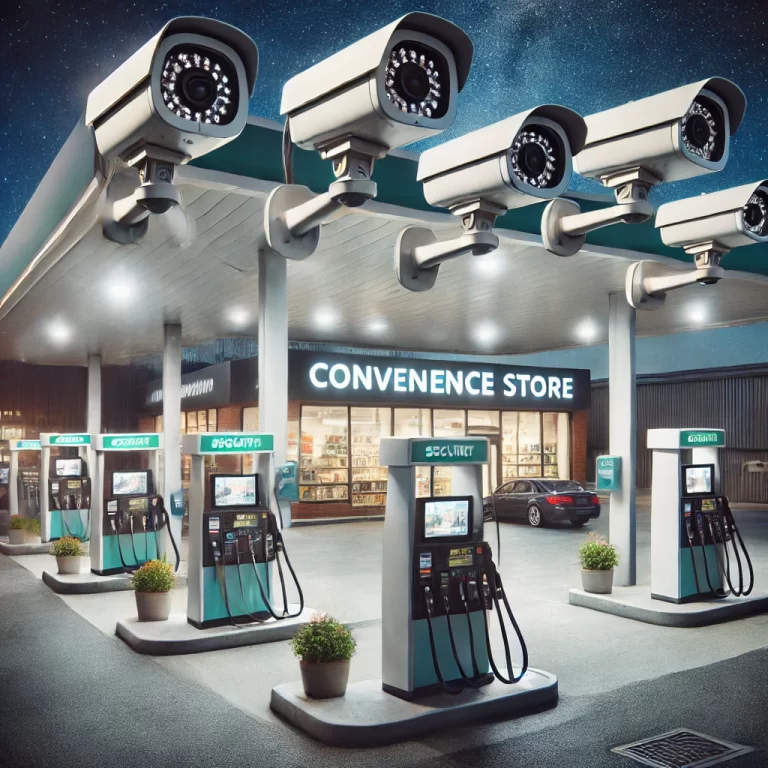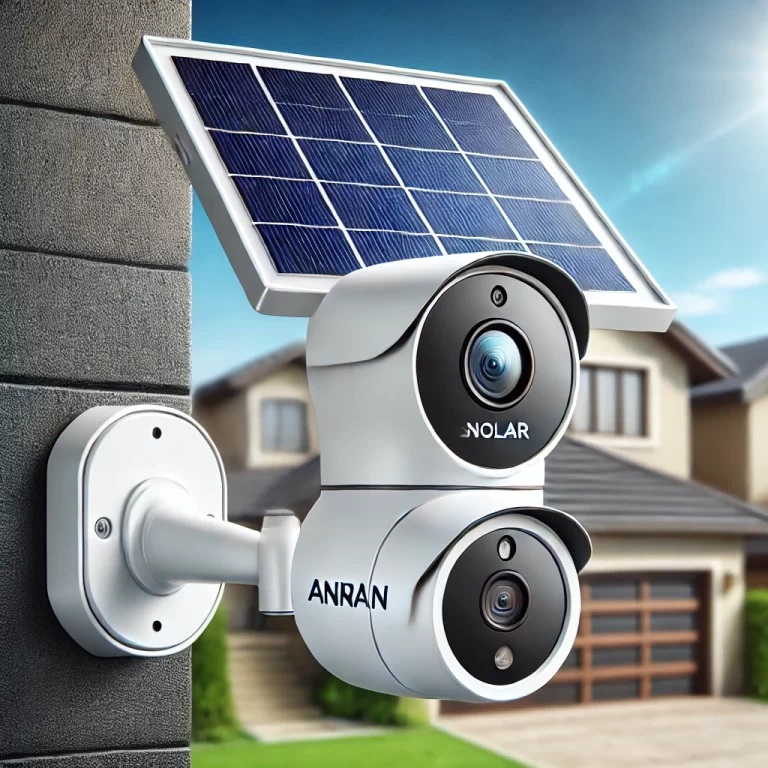What is the Difference Between CCTV and Surveillance Camera?
1. Introduction
Security cameras play a vital role in protecting homes, businesses, and video surveillance public areas. However, many people use the terms CCTV (Closed-Circuit Television) cameras are essential components of a video surveillance system. and surveillance cameras interchangeably, even though they have key differences.
Understanding these differences helps in choosing the right security system. CCTV and surveillance cameras vary in functionality, accessibility, storage, and technology. This guide will break down their differences, how they work, and how to decide which one best suits your needs.
Table of contents
2. What is a CCTV System?
2.1 Understanding Closed-Circuit Television (CCTV)
CCTV, or Closed-Circuit Television, is a video monitoring system that transmits footage to a private network of monitors. Unlike public broadcasts, CCTV is a closed system used primarily for security and surveillance.
CCTV cameras are commonly installed in homes, offices, retail stores, and government buildings to deter crime and provide evidence in case of an incident.
2.2 Main Components of a CCTV System
A standard CCTV setup includes a number of cameras and a DVR for recording.
- Cameras: Capture video footage in designated areas.
- Recording Devices: DVRs (Digital Video Recorders) or NVRs (Network Video Recorders) store recorded footage.
- Monitors: Display live and recorded video feed for review.
- Cables & Power Supply: Provide connectivity and power to the system.
- Storage Devices: Hard drives, cloud storage, or external memory hold recorded videos.
2.3 How a CCTV System Works
- CCTV cameras continuously record video footage.
- The footage is transmitted to a DVR/NVR for storage.
- The system allows live monitoring or reviewing of recorded footage.
- Advanced systems include motion detection alerts for enhanced security.
- Recorded footage from the security camera system is used as evidence in case of security incidents.
CCTV is most commonly used in locations requiring constant monitoring, such as banks, hospitals, and shopping centers.
3. What is a Surveillance Camera?
3.1 Different Types of Surveillance Cameras
Surveillance cameras are a broad category of security cameras used for real-time monitoring and recorded footage. Unlike CCTV, they can be connected to the internet for remote access.
Some common types include:
- IP Cameras: Internet-based cameras that allow remote access and cloud storage.
- PTZ (Pan-Tilt-Zoom) Cameras: Can move and zoom in for better coverage of large areas.
- Motion Detection Cameras: Activate recording when movement is detected to save storage space.
- AI-Powered Cameras: Feature of the camera system facial recognition, license plate detection, and other smart analytics.
- Thermal Cameras: Detect heat signatures, commonly used in industrial settings or border security as part of a comprehensive video surveillance system.
3.2 How Surveillance Cameras Are Used
Surveillance cameras are widely utilized in different settings, including public places:
- Public Areas: Streets, airports, and government buildings use surveillance cameras for security.
- Business Security: Used for theft prevention, employee monitoring, and workplace safety.
- Home Security: Smart surveillance cameras allow homeowners to monitor their property remotely.
- Law Enforcement & Crime Prevention: Many cities use surveillance systems to track criminal activities and assist in investigations.
3.3 Key Features of Modern Security Cameras
- High-Resolution Video: Captures clear footage for easy identification in various types of CCTV setups.
- Night Vision: Uses infrared to record in low-light conditions.
- AI and Motion Detection: Reduces false alarms and improves monitoring efficiency.
- Remote Access: Allows users to check footage from smartphones or computers anytime, anywhere.
4. Comparing CCTV and Surveillance Cameras
4.1 Differences in Usage and Purpose
| Feature | CCTV Cameras | Surveillance Cameras |
|---|---|---|
| Function | Monitors specific locations | Provides broad surveillance coverage |
| Accessibility | Viewable only on a closed system | Can be accessed remotely via the internet |
| Security | More secure due to a closed network | Susceptible to cyber threats |
4.2 Technical Differences Between CCTV and Surveillance Cameras
- Connectivity: CCTV cameras rely on wired connections, while surveillance cameras can be wired or wireless.
- Storage Options: CCTV systems store footage on local DVRs, whereas surveillance cameras often use cloud storage.
- Remote Access: CCTV footage is accessible only on-site, while surveillance cameras allow remote access via apps or web platforms.
4.3 Installation Differences
- CCTV systems require professional installation with wiring.
- Surveillance cameras, especially wireless options, are easier to install.
- Advanced surveillance setups may require cloud service subscriptions.
5. How to Choose the Best Security System for Your Needs
5.1 Evaluating Your Security Needs
- Identify areas that require monitoring.
- Determine whether remote access is necessary.
- Consider factors such as lighting, coverage area, and recording duration.
5.2 Key Factors to Consider
- Video Quality: Higher resolution provides clearer images.
- Storage Options: Choose between local, cloud, or hybrid storage.
- System Integration: Check compatibility with existing video surveillance infrastructure.
- Budget: Consider upfront costs, maintenance, and subscription fees for cloud storage.
5.3 Cost Considerations for CCTV and Surveillance Cameras
- Traditional CCTV setups may have lower initial costs but require professional installation.
- Advanced surveillance systems offer more features but may have additional costs, such as cloud storage fees.
- Wireless surveillance cameras often provide cost-effective solutions with easy installation.
6. Frequently Asked Questions (FAQs)
- What is the main difference between CCTV and surveillance cameras?
CCTV operates on a closed network, while surveillance cameras can connect to the internet for remote access. - Which is better for home security, CCTV or surveillance cameras?
Surveillance cameras are often better due to remote access and advanced features like motion detection. - Can CCTV cameras work without the internet?
Yes, CCTV systems do not require an internet connection to function. - Are surveillance cameras more expensive than CCTV?
It depends on features; advanced surveillance cameras with AI and cloud storage can be costlier. - Can I install CCTV or surveillance cameras myself?
Yes, but CCTV requires wiring, whereas wireless surveillance cameras are easier to install. - Do surveillance cameras record all the time?
Some do, but many use motion detection to save storage space. - Are CCTV cameras hackable?
They are less vulnerable than internet-connected surveillance cameras. - Can I view CCTV footage remotely?
No, unless connected to a networked DVR/NVR for video surveillance. Surveillance cameras allow remote viewing. - Which camera is best for outdoor security?
Weatherproof IP cameras with night vision are ideal for outdoor video surveillance. - Do I need a subscription for surveillance cameras?
Some require cloud storage subscriptions, but local storage is also an option. - What resolution is best for security cameras?
1080p or higher for clear images. - Do security cameras work in the dark?
Yes, night vision and infrared technology enable recording in low-light conditions. - Can surveillance cameras detect faces?
AI-powered models can recognize faces. - How long do security cameras in a video surveillance system store footage?
Depends on storage capacity and settings. - Are there laws about camera usage?
Yes, privacy laws vary by region.
7. Conclusion
Both CCTV and surveillance cameras serve essential security functions, helping you protect your property and assets.


